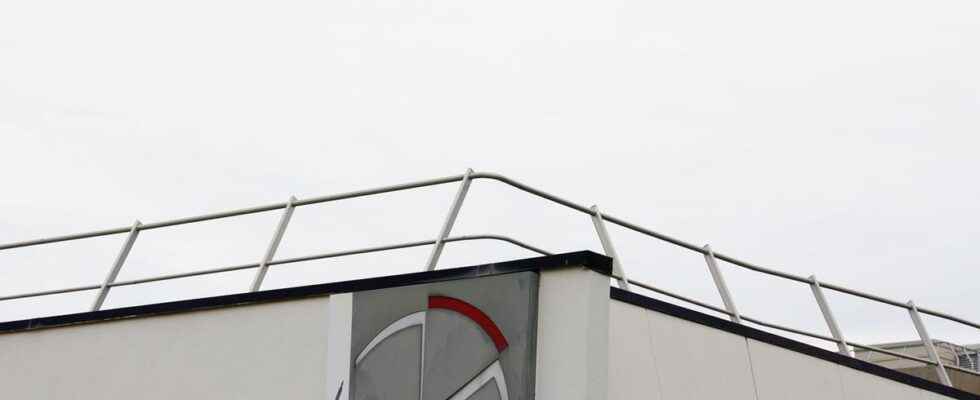This performance, which brings the number of new jobs to 561,000 over one year, should slow down at the end of the year due to the slowdown in the economy.
Finally some good news in this most gloomy situation. In the second quarter, the economy created 95,300 jobs, bringing the number of new jobs recorded in one year to 561,000, to 1.5 million since the end of the first confinement two years ago, and to nearly 2 million since the transition to a supply policy in France in 2015. Thanks to this fine performance, salaried employment reached its highest level in history at the end of June, with 26.65 million people employed in France. . “The war in Ukraine has not, until now, impacted the French labor market », Comments Sylvain Bersinger, of the economic studies firm Asterès.
The increase in the second quarter of 2022 is driven by private salaried employment (+93,000 jobs), which is thus 3.8% above its level at the end of 2019. Paid employment in the public sector remained stable and above its pre-crisis level by 1.1%. In detail, temporary employment fell by 20,500 jobs over three months, agriculture and construction stagnated, industry rose by 10,100 jobs and the commercial tertiary sector by 72,600. The accommodation and food service sector contributed the most to the overall increase in the quarter, with some 30,000 jobs created in three months.
Read alsoCompanies are mobilizing for the employment of refugees
So much for the glass half full. Because on closer inspection, the deceleration is clear. In one year, the quarterly number of job creations has been halved, from 200,000 in mid-2021 to just under 100,000 at the start of the summer. And the shift into the red for six months of the interim, leading indicator of the state of the job market, calls for caution at best, augurs at worst for a disillusioned tomorrow.
Lack of staff
And all the more so as there is always a delayed effect on employment, of 3 to 6 months on average, of a noted slowdown in the economy. Logically, job creations should therefore continue to slow down in the second half of 2022 and at the beginning of 2023, in line with the current sluggishness of activity.
Read alsoOnline CV: six tips to get you noticed for sure
This trend reversal is not a surprise. In its latest financial forecasts in June, the unemployment insurance scheme was already expecting a sharp decline in job creation next year, with a positive balance reduced to 52,000 new jobs over the whole year. And we will have to wait a while longer to return to satisfactory levels of job creation, Unedic anticipating only 80,000 new jobs in 2024.
This deceleration in salaried employment, accelerated by the labor shortages affecting companies in all sectors, will complicate Emmanuel Macron’s stated objective of returning to full employment (i.e. an unemployment rate close to 5% of the active population) at the end of his five-year term. And we do not really see, in the policy currently pursued by the executive, the measures that could have a rapid effect on job creation. Except, as has sometimes been the case in the past, to relaunch assisted contracts in the public or to multiply the hiring bonuses for the public furthest from the labor market.
Labor market tensions at their highest since 2011
After a decline in 2020, labor market tensions rebounded and reached their highest in 2021 for ten years. They have progressed everywhere and are particularly strong in construction, industry, IT and telecommunications, according to a study by Dares. In total, 7 out of 10 professions will be affected in 2021. Faced with recruitment difficulties, Pôle emploi is working on setting up a “breeding ground » of job seekers who can be employed quickly in the most «in tension in each of its approximately 900 branches, according to internal operator documents.
